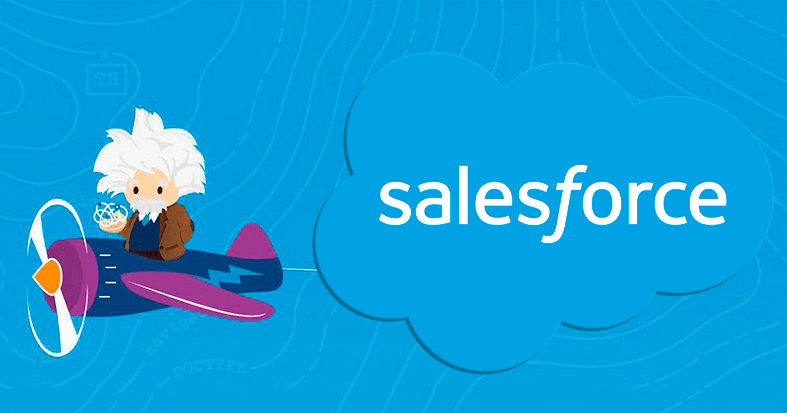
Successful Salesforce Migration Strategies
Migrating to Salesforce can be a game-changer for organizations seeking to optimize their customer relationship management (CRM) processes. However, a successful migration requires careful planning and execution. This case study highlights effective strategies for a smooth Salesforce migration, ensuring your organization reaps the maximum benefits from this powerful platform.
Thorough Planning and Stakeholder Involvement
Before embarking on the Salesforce migration journey, it is crucial to develop a detailed plan. This includes defining clear objectives, timelines, and milestones. A project team should be assembled, comprising stakeholders from various departments to ensure all business needs are addressed.
Engaging stakeholders early in the process helps in identifying potential challenges and areas requiring special attention. Transitioning to Salesforce involves significant changes, and stakeholders’ input can provide valuable insights. Their involvement also fosters a sense of ownership, which can lead to smoother adoption post-migration.
Data Preparation and Cleansing
Data migration is one of the most critical aspects of moving to Salesforce. Ensuring data accuracy and integrity before migration is essential. Conduct a thorough audit of existing data, identifying duplicates, inconsistencies, and outdated information.
Cleansing data will not only streamline the migration process but also enhance the performance of Salesforce. Salesforce marketers often stress the importance of data quality for effective campaign management. Utilizing data cleansing tools and techniques can help maintain high data standards. Remember, quality data leads to better decision-making and improved customer relationships.
Utilizing Expert Guidance and Tools
Leveraging expert guidance can significantly improve the chances of a successful migration. Consider hiring a Salesforce consultant or partnering with a Salesforce Certified Partner. These experts bring valuable experience and knowledge, helping navigate complex migration scenarios.
Several tools are available to assist with the migration process. For instance, Salesforce Data Loader is a popular tool among Salesforce marketers for handling large volumes of data. Another tool, Salesforce Inspector, helps validate and troubleshoot data during the migration. Using such tools can streamline the process, reduce errors, and save time.
Testing and Training for Seamless Transition
Testing is a critical phase in the migration process. Before going live, conduct extensive testing to ensure all functionalities are working correctly. Create test scenarios based on real-world use cases to identify potential issues. This step is vital for minimizing disruptions and ensuring a seamless transition.
Equally important is user training. Equip your team with the necessary skills and knowledge to use Salesforce effectively. Provide comprehensive training sessions and resources, including hands-on workshops and user manuals. Salesforce marketers often recommend ongoing training programs to keep users updated with the latest features and best practices.
Monitoring and Continuous Improvement
Once the migration is complete, continuous monitoring is essential to ensure everything functions as expected. Regularly review system performance, data quality, and user feedback. Salesforce marketers emphasize the importance of continuous improvement to adapt to evolving business needs.
Implementing these strategies can lead to a successful Salesforce migration, unlocking the platform’s full potential. By prioritizing planning, data preparation, expert guidance, thorough testing, and continuous improvement, your organization can enjoy the numerous benefits Salesforce offers.
In conclusion, a well-executed Salesforce migration can significantly enhance your CRM capabilities. By following these best practices, you can ensure a smooth transition, maximizing the return on your investment in Salesforce.



